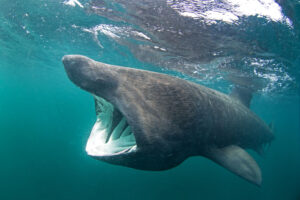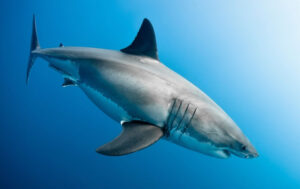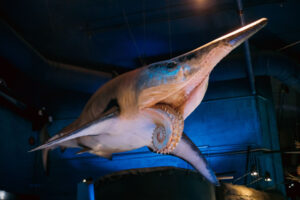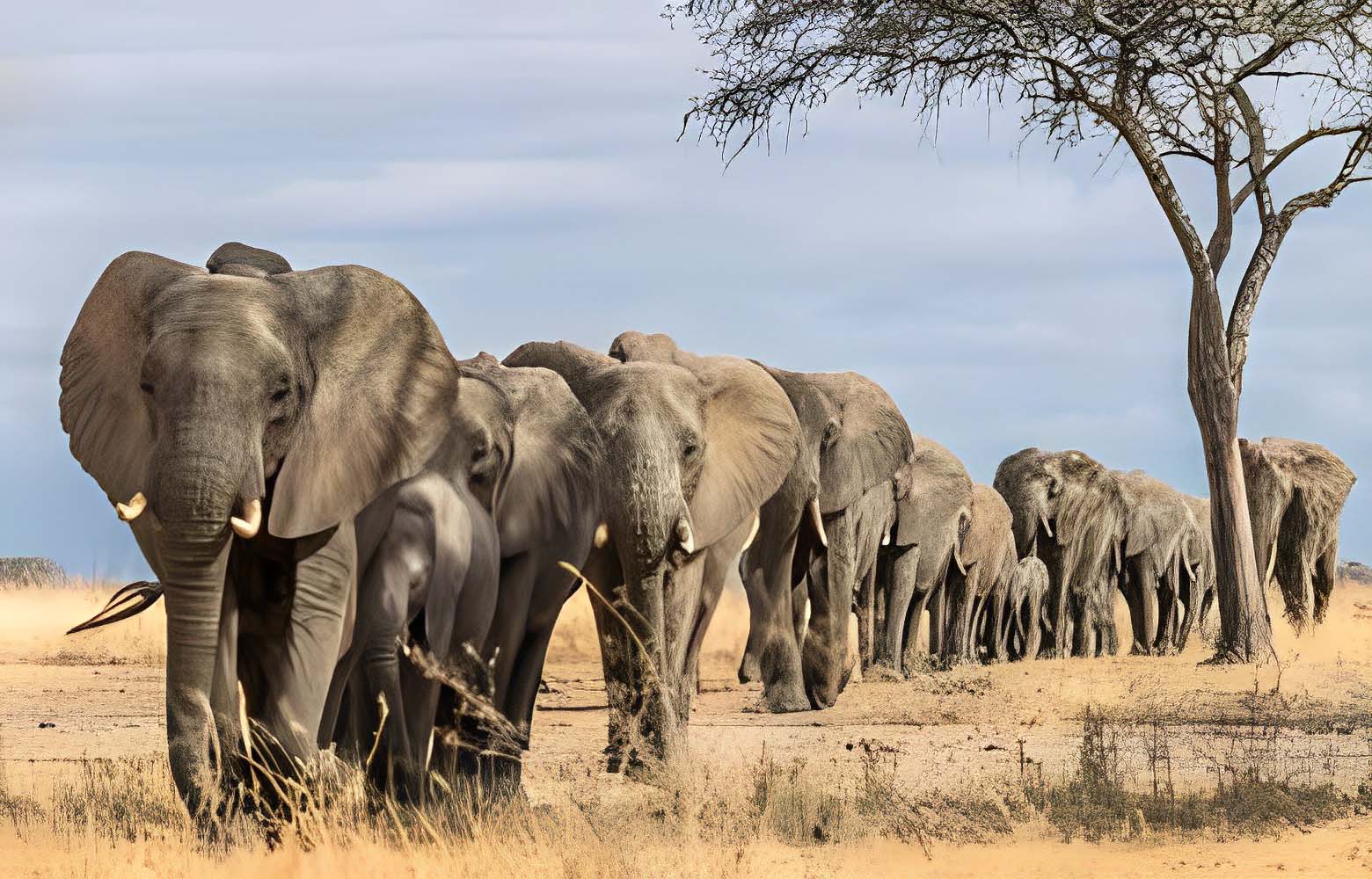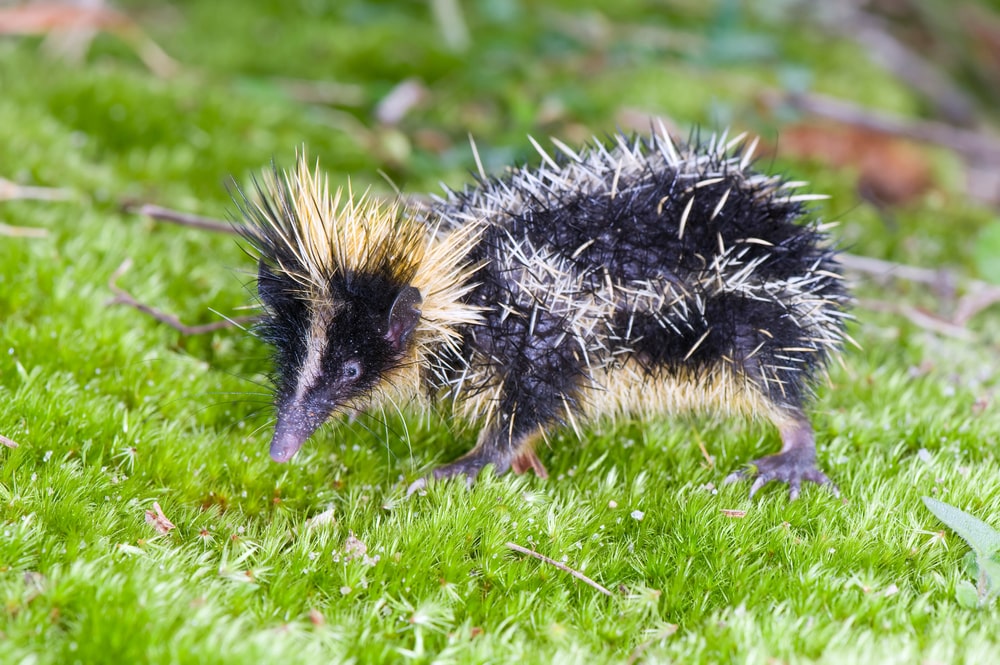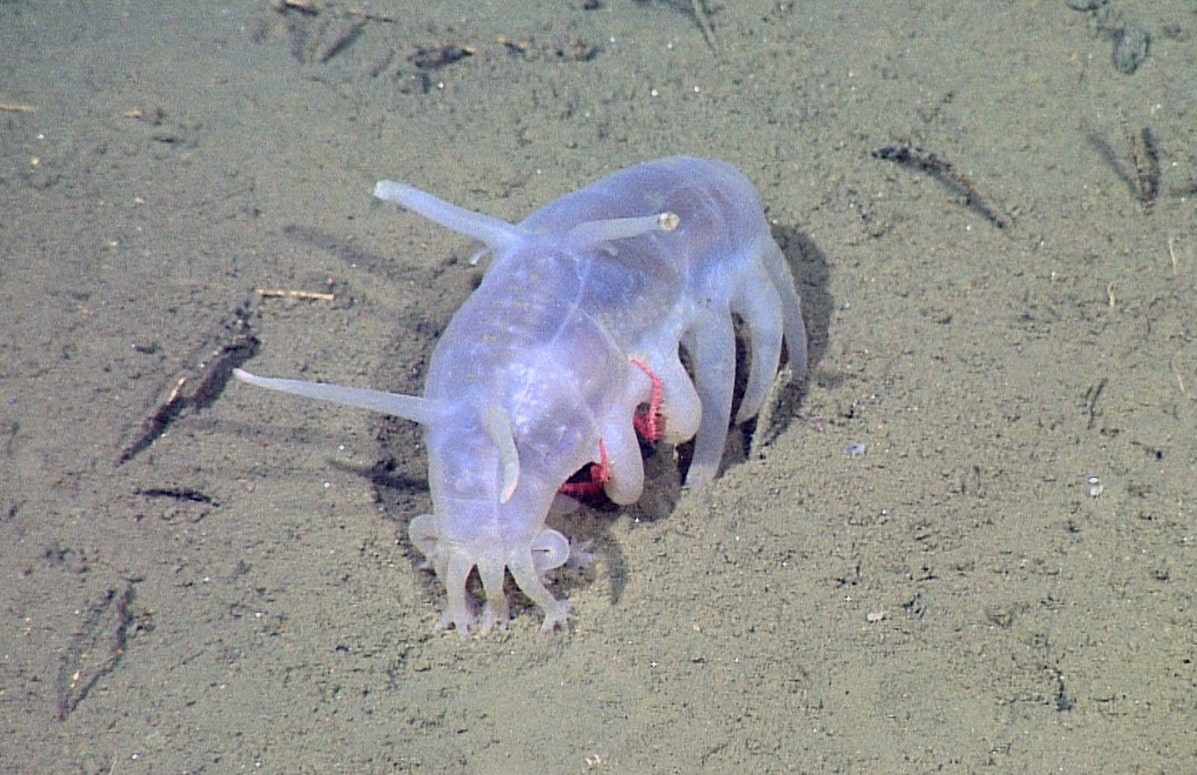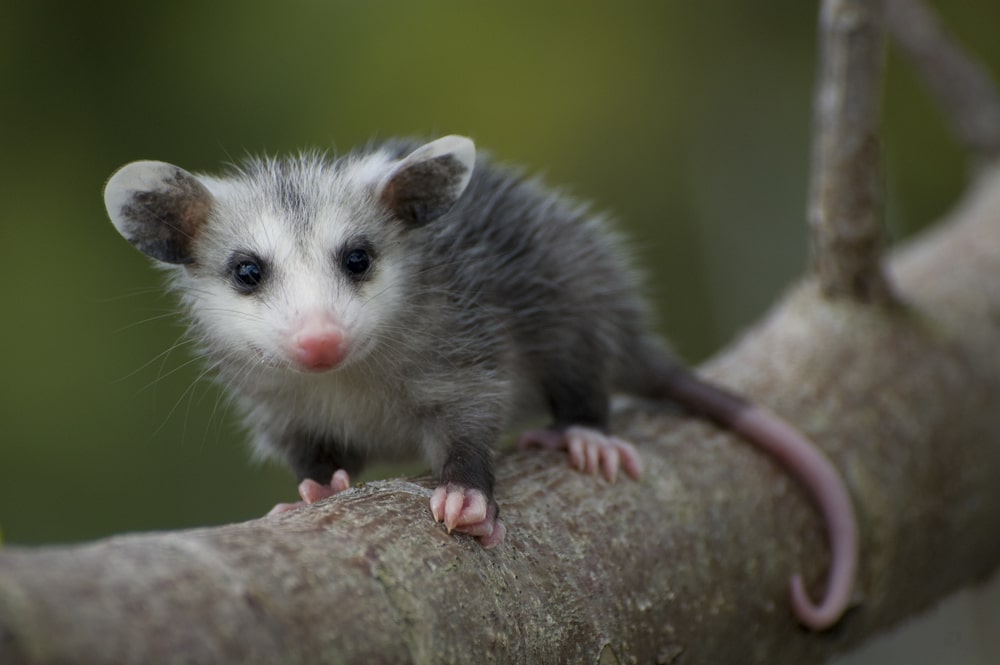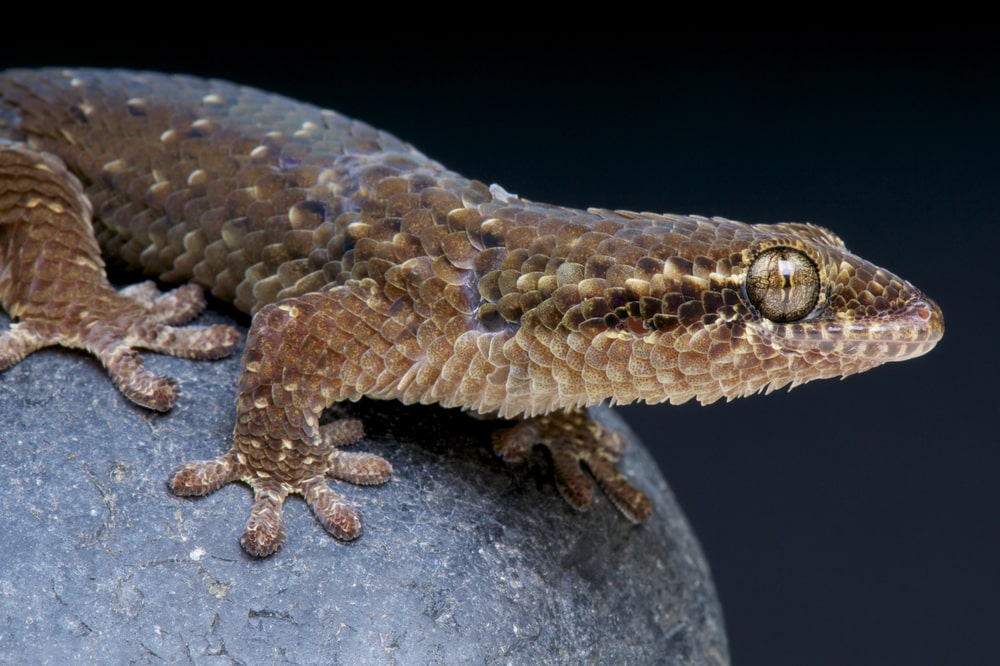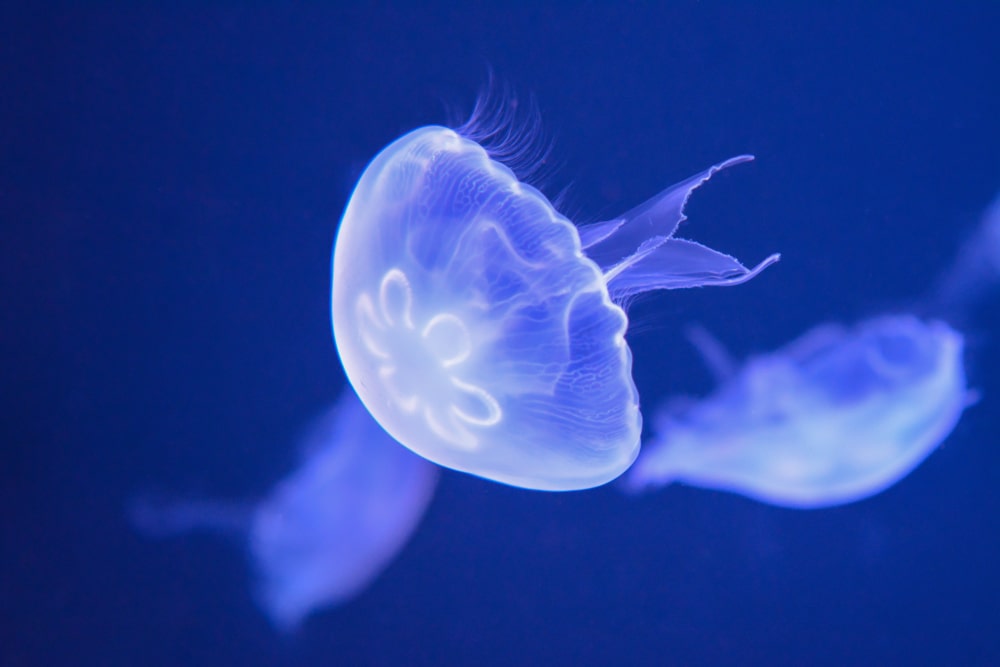The most Prehistoric sharks alive today, Extinct sharks list
Prehistoric shark: A common misconception is that sharks are an incredibly ancient and primitive group of animals that have hardly changed in the hundreds of millions of years. They’ve been around for while it’s true that sharks are a very old super order originating long before the dinosaurs first appeared.
Prehistoric sharks
They are certainly not primitive animals that haven’t been changed over their evolutionary history. Sharks have undergone multiple immense radiations of biodiversity experimenting with some very unusual-looking body plans in the past ultimately leading to the current modern-day variety of these incredible animals.
Sharks like most organisms have had a dynamic and remarkable evolutionary history as they’ve been forced to adapt to an ever-changing world and finds their own niches. However, there’s a particular order of sharks alive today that could perhaps give us an amazing glimpse of what these awesome animals used to look like back in the depths of deep time.
As various features of these fish appear to be very similar to fossils known for millions and millions of years ago these are the Hexanka forms an incredible grouping that includes the frilled sharks and the cow sharks. This is not a very diverse clade of these fish with only seven species alive today and just four different genera but they are still incredibly fascinating organisms nevertheless.
And research on these animals is revealing all sorts about them with new species being discovered as recently as 2018 within the order hexanki forums there are two families hiksanka day the cow sharks and climato salakidae the frilled sharks. Cow sharks are the more diverse of the two families and include the sixth gill and sevengill sharks as the name suggests.
These sharks are unique in possessing one or two extra pairs of gill slits compared to the five gill slits present in every other species of shark except for one kind of sawshark which also has six pairs but is unrelated not a lot is actually known about most of these sharks due to the fact that many of them inhabit very deep cold parts of the ocean.
Size of extinct sharks
However, they are known to sometimes approach closer to the surface allowing scientists to learn more about them and some species do live in shallower environments the largest of the cow sharks is the bluntnose sixgill shark reaching about 4.8 meters in total length while the smallest the sharpness 7 gill shark is only around 1.4 meters long.
When fully grown the anatomy of these sharks is fascinating and appears to be reminiscent of a fairly ancient body plan for the group with only a single dorsal fin present and placed very far back along the body unlike the two dorsals present in every other shark group. Their teeth are also very unique with those in the lower jaw being comb-like in shape the broadnose sevengill shark is useful in the study of these animals.
Since it actually inhabits much shallower coastal waters and is therefore even able to be kept in aquariums this species is capable of growing to about three meters in length and will feed on a huge variety of food sources including all kinds of fish. Even other sharks octopuses, pinipeds, and sometimes dolphins with these animals are actually known to hunt cooperatively together to take out seals.
Further illustrating how incredible these animals are is the fact that new species of cow sharks are still being discovered as recently as 2018 research published that year compared to the base pairs of mitochondrial genes between populations of the big i-6 skill shark in the Atlantic ocean and in the Indian and Pacific oceans finding that the genetic distance between them was enough to confirm that the Atlantic population was actually a different species.
Now known as the Atlantic six gill shark the mysterious habits and preferred environments of these animals understandably makes the study of these organisms a challenging task and clearly they still have secrets for us to uncover but the cow sharks in the family hexaneca day are as I explained only one of the two families within this order what about climato salacidae the frilled sharks.
Frilled sharks
Well, this is another group lacking in modern diversity with only two living species but they’re still incredibly fascinating organisms frilled sharks are known for their very elongate almost eel-like body shapes as well as the reason for their name with gill slits that have the appearance of very frilly edges caused by the extension of the ends of the gill filaments themselves additionally the first of the gill slits is actually completely continuous all across the throat of this shark.
Giving the appearance of the animal possessing a kind of collars like the cow sharks they also only have a single dorsal fin these animals generally live at great depths in the ocean and an interesting aspect of their biology is that they possibly have the longest gestation period of any known vertebrate at potentially three and a half years which is pretty incredible.
Like the cow sharks, frilled sharks are ovuparous meaning the eggs are held inside the mother’s body until the young hatch. These are also other kinds of sharks that are still revealing their secrets to us in recent times as the second living species was only named and described in 2009 based on specimens collected around south Africa.
Now the classification and relationships of the thrilled sharks in respect to the cow sharks is a bit of a debated topic but it’s important to quickly mention it. Filled sharks have been classified in all sorts of different places within the shark evolutionary tree. Since they were first discovered but today it’s generally accepted that they are members of the hexanka forms.
However, some researchers have proposed that they should in fact be classified as their own order of sharks which would be known as chlamydosiforms but evidence from analyses of the field shark genome do seem to support their inclusion within the hexaneca form order the evolutionary history of the hexanku form sharks is another fascinating area of study that has undergone quite a bit of revision over the years.
With the frilled sharks actually being considered to be surviving remnants of a very ancient devonian age lineage of these creatures by certain paleontologists in the 19th century other scientists from around this time also considered the field sharks to represent a modern continuation of prehistoric lineages from the paleozoic and the early mesozoic.
Because certain parts of their anatomy specifically their teeth look quite similar to these prehistoric sharks but it now seems clear that the filled shark lineage actually appeared during the late cretaceous based on their fossil record which includes a lot of different extinct species that’s still over 80 million years ago. But it is not as ancient as the real original hypotheses about them being relic devonian sharks suggested the cow sharks.
Sharks fossil record
Similarly, have a relatively well-represented fossil record with many different extinct species known, and while the oldest undisputed remains of these sharks state to live Jurassic. There’s actually a single tooth from upper Permian deposits in japan that looks very much like it came from a cow shark hinting at perhaps a much older origin for these animals.
A more ancient origin is further hinted at by a paper that describes a potential devonian example of the hexanka forms though it would have been a different family to the cow sharks and field sharks but still related this solid evidence of course comes in the shape of teeth recovered from early to mid-Devonian rocks of Australia assigned to a genus called mcmadodus.
The classification of this taxon is not entirely certain but the shape of the ancient shark’s teeth was found to look very similar to those of the hexanki forms resulting in much madodus and the family is placed in much more don. Today tentatively being placed within the order incredibly if mcmurdo does really is a member of the heksanka forms it means that this order of these monster animals is extremely ancient existing.
Since the early or mid-Devonian and therefore is the only order of living sharks who have been around since the paleozoic with all the other orders originating in the Jurassic that also means they made it through the end Permian extinction or great dying the worst mass extinction in the history of life which is pretty impressive.
Additionally a significant ghost lineage when a group of organisms disappears and then reappears in the fossil record would exist for these marine animals from the Devonian through to the Jurassic when the first undeniable hexaneca forms are found. Other suggestions have been made for the similarities between the mcmurdadis and modern hexanecoform teeth.
Though including that it’s just a case of convergent evolution but it is a fascinating idea to think that these still-living sharks could potentially have an evolutionary legacy stretching this far back in deep time hopefully more research will be done on the evolutionary history of these fascinating organisms in the future and a clearer picture of their evolution can be determined.
They’re still undoubtedly an incredible branch of sharks that deserve more attention and appreciation and the study of these animals is bound to result in some amazing discoveries about the history of sharks as a whole.
